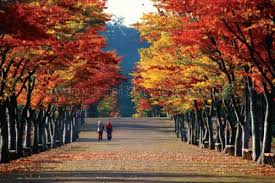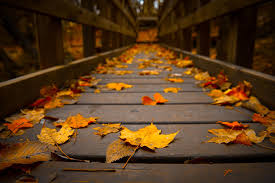
First of all, not all leaves turn vivid colors in the fall. Only a few of our many species of deciduous trees – notably maple, aspen, oak, and gum – produce stellar performances for our annual autumn spectacular in Northeastern Ohio.
Several factors contribute to fall color (temperature, precipitation, soil moisture), but the main agent is light, or actually the lack of it. The amount of daylight relates to the timing of the autumnal equinox.

In general, a wet growing season followed by a dry autumn filled with sunny days and cool, frostless nights produces the most vibrant palette of fall colors. We should be set for some spectacular colors this year!
Sugar trapped in autumn leaves is largely responsible for the vivid color. Some additional anthocyanins are also manufactured by sunlight acting on the trapped sugar. This is why the foliage is so sparkling after several bright fall days and more pastel during rainy spells.
As the autumn days grow shorter, the reduced light triggers chemical changes in deciduous plants. The combination of reduced light, lack of nutrients and no water add up to the death of the pigment chlorophyll, the “green” in leaves.
Once the green is gone, two other pigments show their bright faces. These pigments, carotene (yellow) and anthocyanin (red), exist in the leaf all summer but are masked by the chlorophyll. The browns in leaves are the results of tannin, a chemical that exists in many leaves, especially oaks. (This tannin “can be” noxious to livestock, especially dried oak leaves to horses.)
Of course, if freezing temperatures and a hard frost hit, it can kill the process within the leaf and lead to poor fall color. Also, drought conditions during late summer and early fall can trigger an early “shutdown” of trees as they prepare for winter, causing leaves to fall early from trees without reaching their full color potential.
Autumn Folklore: If in the fall of the leaves in October, many of them wither on the boughs and hang there, it betokens a frosty winter and much snow.
Information gathered from The Old Farmer’s Almanac